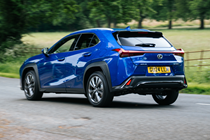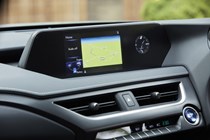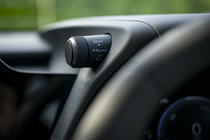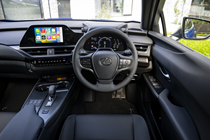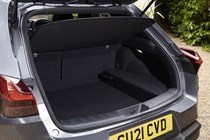
Lexus UX engines, drive and performance
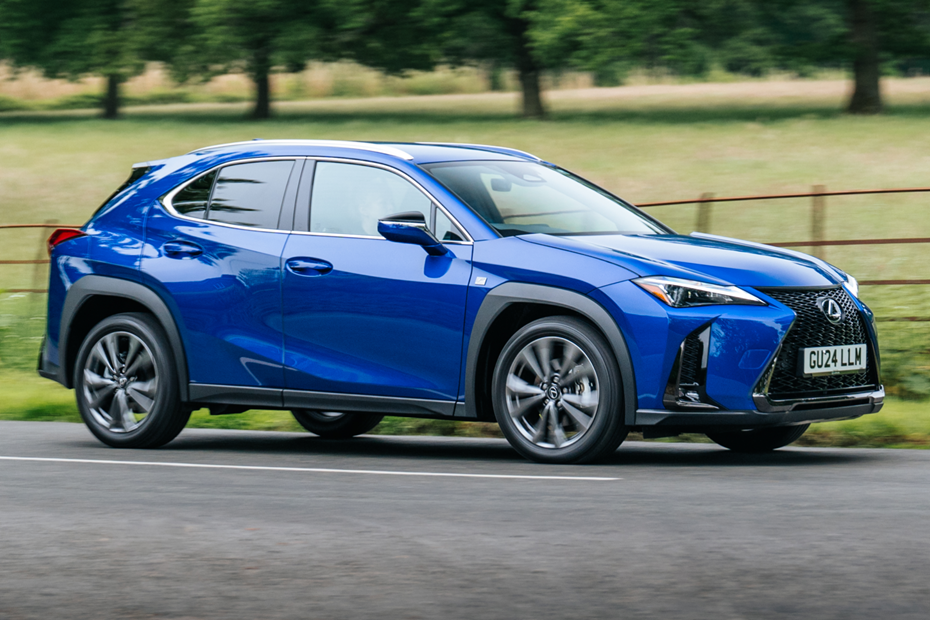
- Just one engine option available new
- 2.0-litre petrol hybrid is very quiet and refined
- Performance best described as adequate
Hybrid engine
Discounting the electric UX300e, the only engine available to UK Lexus UX buyers is a 2.0-litre, four-cylinder petrol self-charging hybrid, badged 300h. It produces 199hp and 190Nm of torque. The older UX250h uses the same set-up, albeit producing 186hp. The 300h’s higher power is the product of a new lithium-ion battery pack with fewer cells and higher voltage. What does all that translate to on the road? A 0-62mph time of 7.8 seconds – 0.4 seconds quicker than the 250h.
The UX is front-wheel-drive by default, as most compact SUVs are, with a CVT transmission. You can also spec an E-Four all-wheel-drive model, with an extra electric motor that drives the car’s back wheels. There’s no extra power and acceleration is marginally slower, but the system produces extra traction that can be useful on slippery, wintery roads.
Floor the throttle and the revs leap up to the sweet spot in the engine’s power delivery. But it seems to take a while for the UX to actually get going. Once on the boil, it accelerates smoothly, without fuss, and actually quite keenly. The lack of drama means you might find yourself travelling faster than expected.
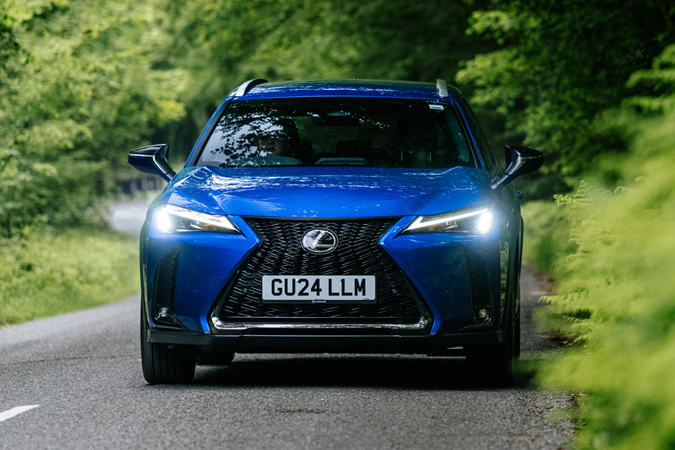
While not transformative, the UX300h’s extra poke doesn’t go unnoticed. Don’t get us wrong, it’s not an especially rapid car, but the 300h happily maintains high speeds and overtakes easily. Conversely, it’s entirely docile at town speeds, when the powertrain priorities running on battery power – which the UX300h can do for a few miles.
The transition between electric power and the engine is very smooth. In some instances, the only obvious sign is the EV light on the dashboard. You may be surprised by how often the engine is switched off, which contributes to the car’s impressive efficiency.
We’re never entirely keen on CVT transmissions but the one fitted to the UX is, for the most part, highly capable and responsive. If you really stamp on the throttle when pulling onto a motorway, the engine will sing its seemingly never-ending crescendo as the transmission puzzles over what it needs to do. But, in most driving situations, the ‘box is perfectly competent.
What’s it like to drive?
- Drives more like a hatchback than an SUV
- Body roll well contained, suspension comfortable
- Not especially fast, but doesn’t need to be
The Lexus UX is at its best when cruising along at a languid pace. It’s quiet and comfortable – we’ll come back to that point shortly – body control is good, and the steering is accurate. The car feels quite light and agile, too, so it’s perfectly capable of making rapid cross-country progress.
Adaptive suspension is available on certain models, which adds to the car’s athleticism. But the UX doesn’t exactly encourage you to get a shift on because you never really feel directly connected to it, despite the various driving modes there are to choose from. It can be rather satisfying to drive, but fun? Not really, no
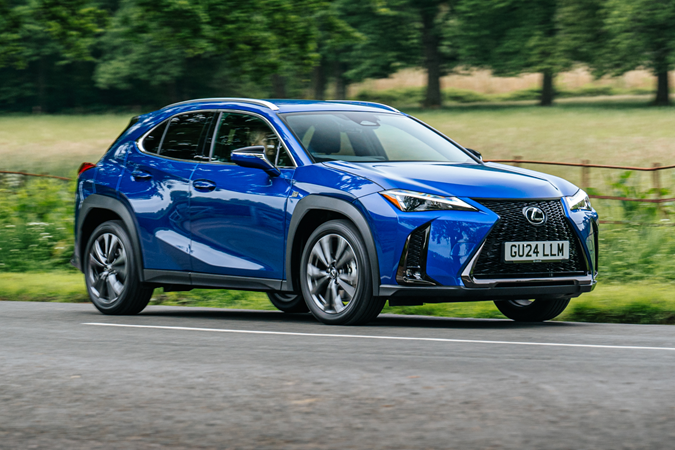
Sporty F Sport models lose a few degrees of comfort. They have bigger 18-inch wheels and firmer suspension that gives a noticeably harsher ride over poor surfaces. It is more forgiving than Audi S line and BMW M Sport models, though.
The UX makes no pretence of having any off-road ability. The E-Four all-wheel-drive models provide useful extra traction and grip in extreme situations, such as a muddy field or snow-covered road. But, in most situations you’re likely to encounter in the UK, a front-wheel-drive model on all-season or winter tyres will cope perfectly well. And save you the extra cost of an E-Four model.








